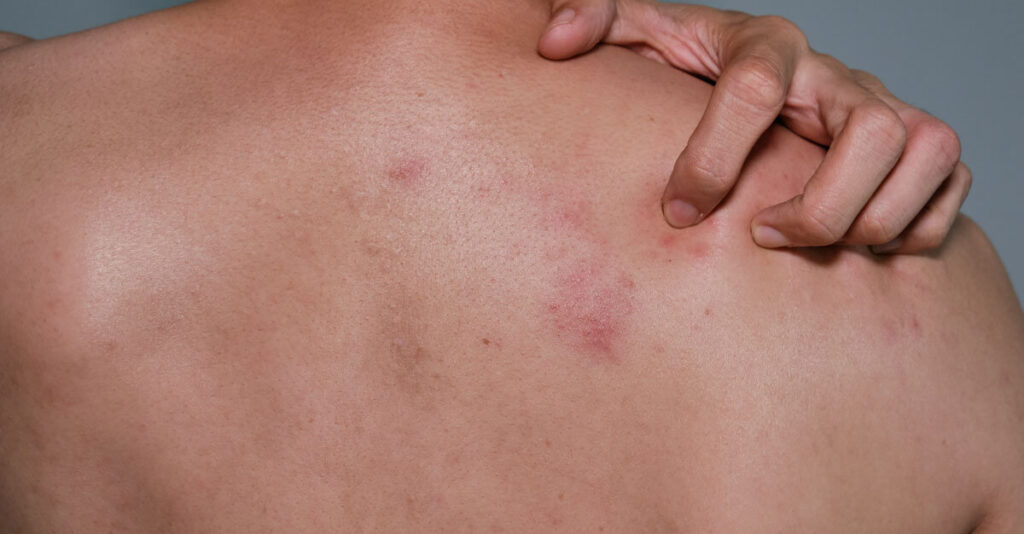
Shingles, caused by the varicella-zoster virus, is a painful and often misunderstood condition. Despite its prevalence, several myths surrounding shingles contribute to misconceptions about the illness. Let’s debunk some of these myths and clarify the facts.
Myth 1: Shingles is all about the rash.
Fact: While the shingles rash is noticeable, the pain associated with diseases is often the bigger concern. It can be severe, starting two to four days before the rash and lasting weeks, months, or even up to a year after the rash has healed, known as post-herpetic neuralgia (PHN). This long-term pain can be burning, stabbing, throbbing, and shooting. Other symptoms may include fever, headache, chills, upset stomach, muscle weakness, skin infection, scarring, and even reduced or loss of vision or hearing.
Myth 2: Shingles is rare.
Fact: Unfortunately, shingles is quite common. In India alone, hospitals report over 1 million shingles cases every year. After the age of fifty, almost one in three people will experience shingles at some point in their lives. And with an aging population, the numbers are likely to rise.
Myth 3: Shingles is unavoidable.
Fact: Luckily, there’s good news. Vaccination is the best way to prevent shingles and reduce the severity of symptoms if you do get it. Two doses of the shingles vaccine are recommended for adults 50 and older and some younger adults with weakened immune systems.
Myth 4: Shingles is the same as chickenpox.
Fact: Although caused by the same virus, they are distinct. Chickenpox, typically a childhood illness, is a milder infection. Shingles, however, is a reactivation of the dormant virus later in life.
Myth 5: Shingles only affects older adults.
Fact: While more common in older populations, shingles can occur at any age, even in children and young adults. Individuals with weakened immune systems due to illnesses like HIV infection, cancer, or AIDS or treatment with certain medications can increase the risk.
Myth 6: Shingles isn’t contagious.
Fact: The shingles rash itself isn’t contagious, but the open blisters can transmit the varicella-zoster virus to people who haven’t had chickenpox or the vaccine, putting them at risk of developing chickenpox later, which could eventually lead to shingles.
Myth 7: Shingles clears up quickly.
Fact: The shingles rash typically resolves within a month, but the pain can persist for months or even years in some cases. Early diagnosis and treatment are crucial for managing PHN.
Myth 8: You can only get shingles once.
Fact: While uncommon, it’s possible to have repeat shingles outbreaks, often on different body parts. Getting vaccinated after a shingles episode can reduce the risk of recurrence.
Take Away
Shingles is a serious condition with potential complications. Understanding the facts and taking proactive steps like vaccination can significantly reduce your risk and manage the disease effectively. Talk to your healthcare professional for personalized advice and the latest information to protect your health.

